Winter storm warning: Snow and ‘dangerous’ cold weather sweeps from Washington to Florida
The powerful winter storm will produce widespread, disruptive and potentially crippling impacts across states from Washington and Oregon and as far south as Florida and Texas
Tens of thousands of people are without power and thousands of flights already cancelled or delayed as an Arctic blast began to sweep the United States on Thursday.
The powerful winter storm is forecast to hit 30 states from Washington to Florida this holiday season with a miserable mix of dangerous cold, blinding snow squalls and flash freezing.
The impacts will be widespread, disruptive and potentially crippling across the central and eastern US between now and Christmas Day, the National Weather Service (NWS) reported.
The winter weather system is so large that about 200 million people are under winter storm warnings and advisories with some states declaring emergencies due to the conditions. NWS warned of sudden changes in conditions because to the Arctic front with temperatures observed to have dropped more than 20 degrees in an hour or less.
Light to moderate snowfall is expected in the Upper Midwest, Great Lakes, and parts of the Northeast, along with localised totals that could reach over a foot. Combined with very strong, sustained winds, it will mean blizzard conditions that brings travel to a halt.
“Extreme cold entering the region could make conditions even more dangerous for locations that do lose power,” NWS warned. “Residents are advised to avoid travel if possible as the situation will become life-threatening if vehicles are stranded.”
The consequences of the storm were already being felt early on Thursday during one of the busiest travel periods of the year.
More than 5,000 flights in, out or around the US were facing delays or cancellations. By 8am at Chicago’s O’Hare Airport, one of the nation’s busiest transport hubs, more than 400 flights had been canceled.
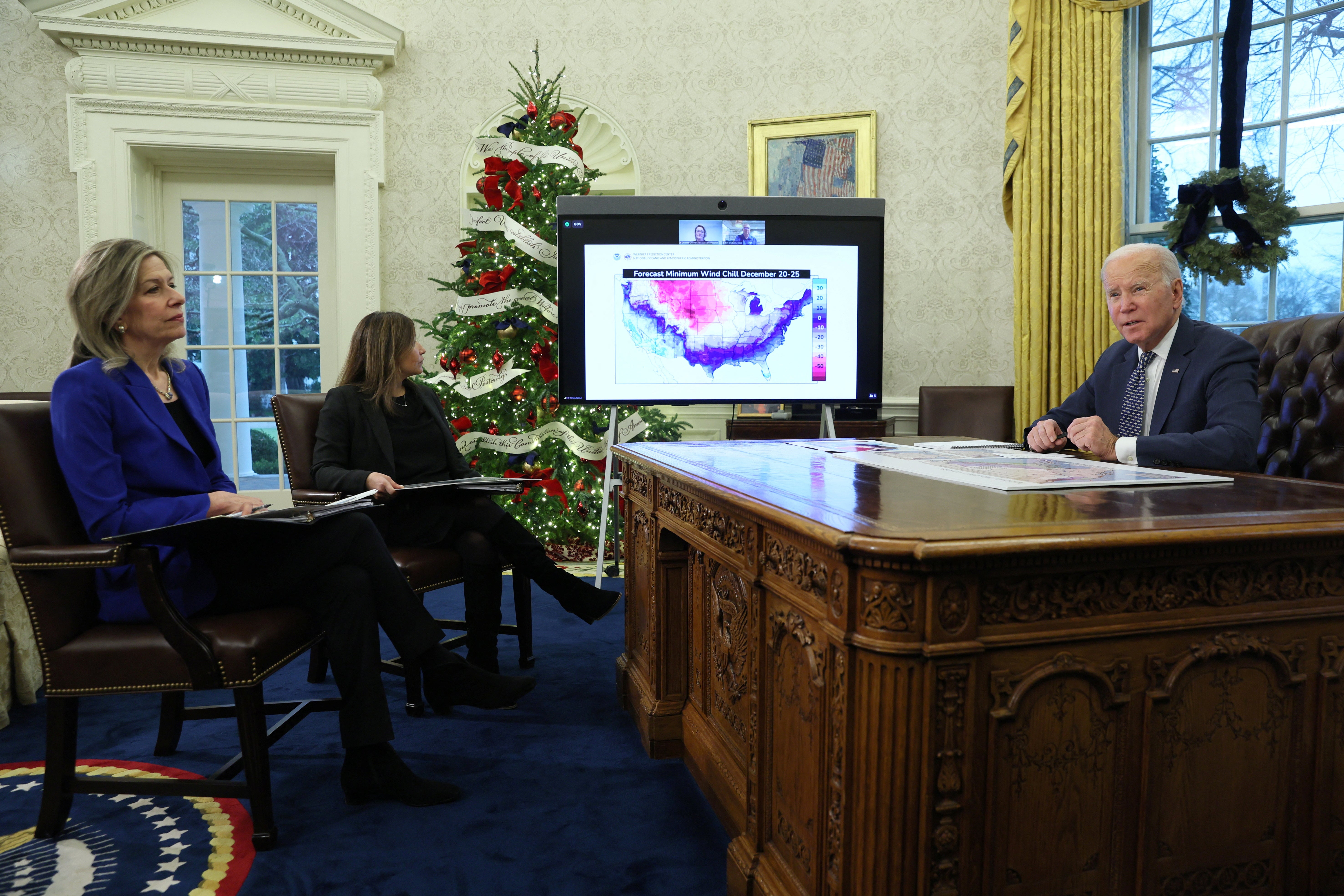
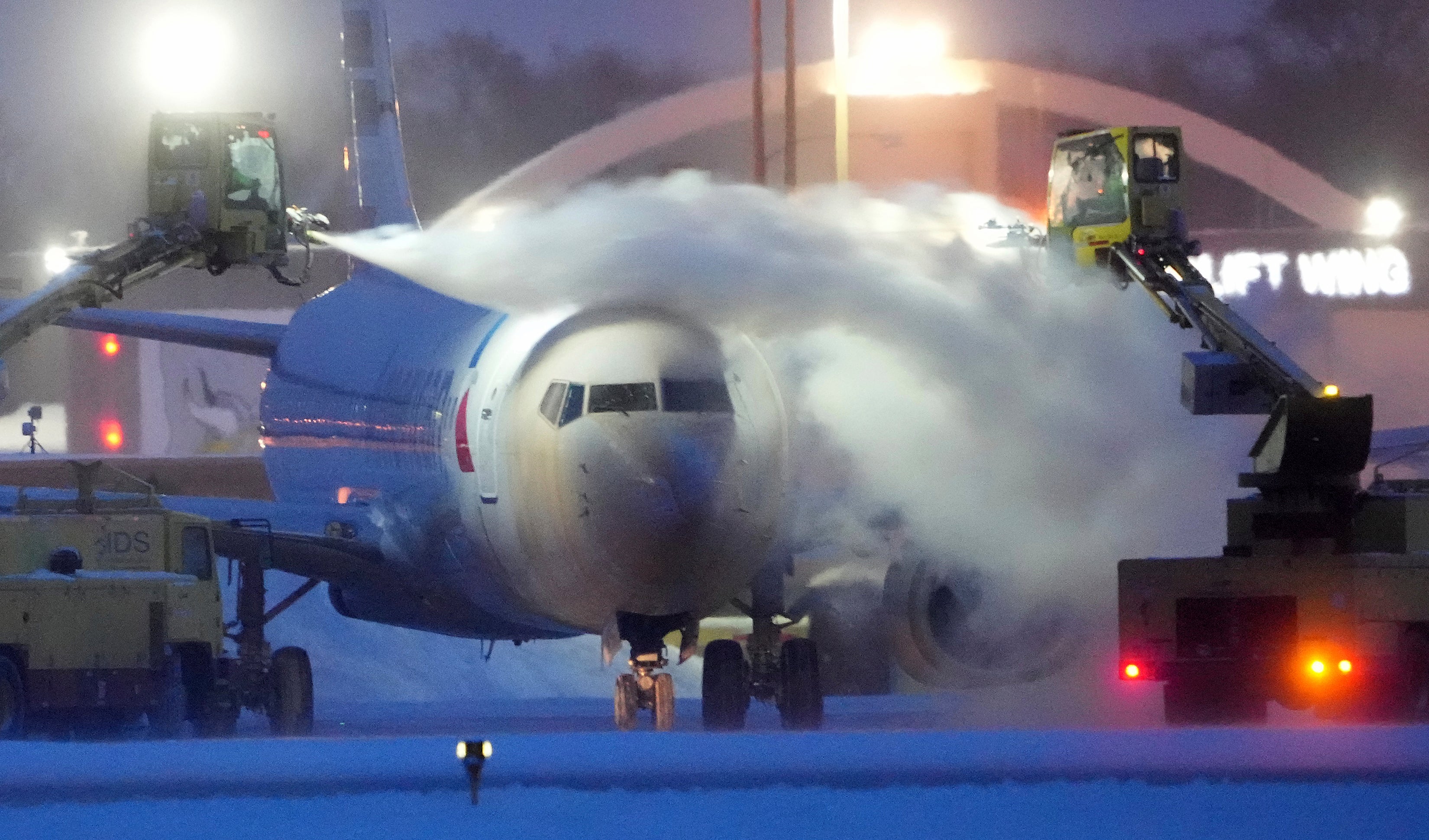
Power outages caused by winter weather were beginning to mount, too. Nearly 13,000 people were without power in Oklahoma and 10,000 in Oregon.
In Texas, close to 14,000 homes were in blackout. Public officials including Governor Greg Abbott rushed to reassure residents that the grid was reliable after it collapsed during the deep freeze of Winter Storm Uri in February 2021 and left more than 200 people dead.
President Joe Biden was briefed on the winter storm by the National Weather Service and Federal Emergency Management Agency (FEMA). He told reporters on Thursday that the storm and extreme cold weather was “dangerous“ and “threatening.”
“I encourage everyone, everyone to please heed the local warnings. We’ve tried to contact 26 governors so far in affected regions. Go to weather.gov for more information,” President Biden said. “This is not like a snow day when you were a kid. This is serious stuff.”
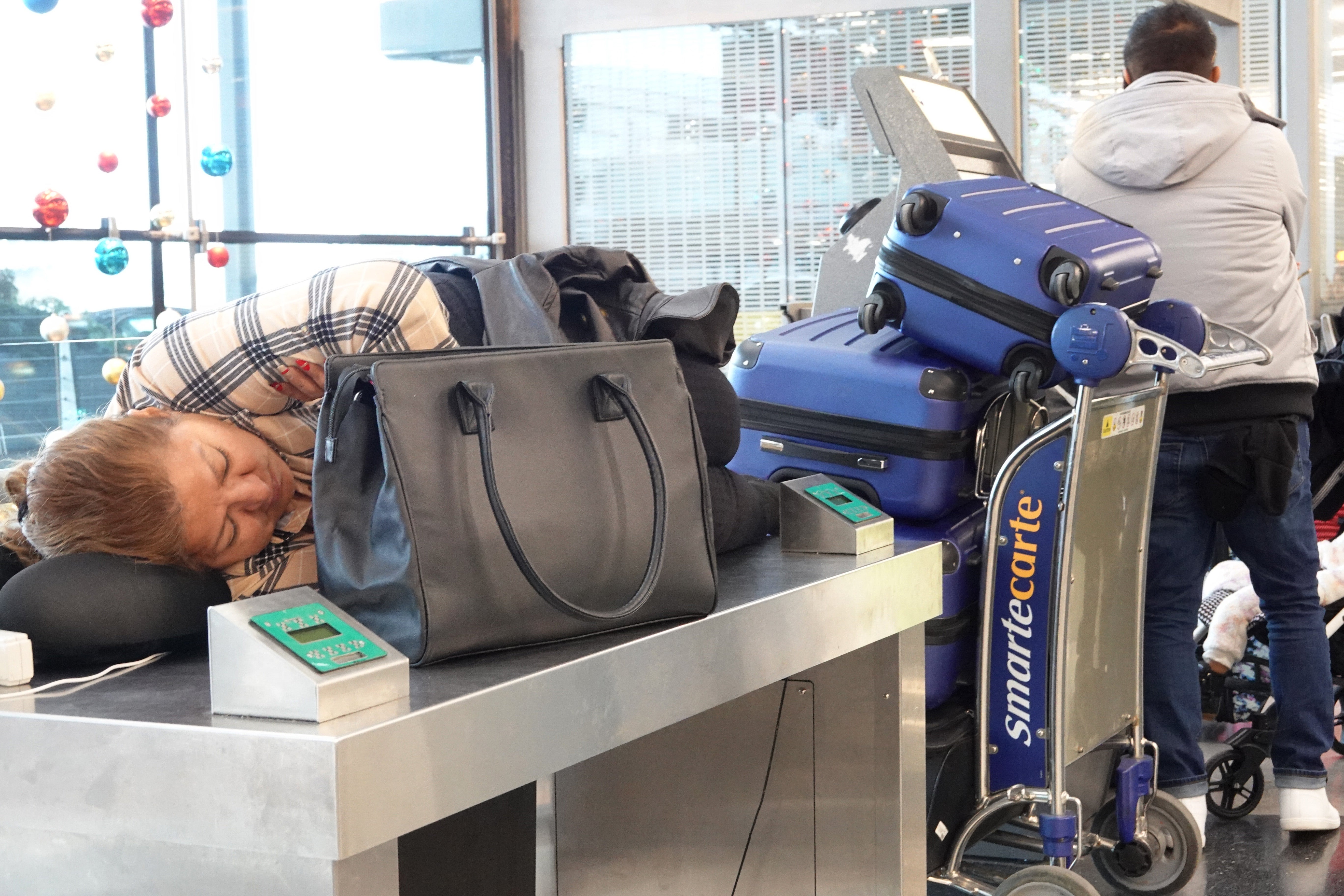
The president urged people who are traveling to leave early ahead of the storm. He said that he was sending White House staff out early who planned to travel tomorrow or tonight, adding that they can talk to him by phone if need be.
The NWS Buffalo office in upstate New York warned of a “once-in-a-generation storm” while Kentucky Governor Andy Beshear described the conditions as ‘really, really dangerous” as he declared a state of emergency.
“After tornadoes and floods, pandemics and multiple ice storms just in these last three years, I don’t want to lose one person to this Arctic front that is coming through,” Governor Beshear said on Wednesday.
Daytime temperatures across areas of Kansas, Oklahoma and other Plains states will struggle to get above freezing, while areas further south in Texas and Florida’s Gulf Coast will experience temperatures in the single digits and teens on Thursday evening.
Snow squalls, or bursts of moderate to heavy snow lasting up to two hours, are likely to occur immediately behind the Arctic front as it treks from the mid-Mississippi Valley to the East Coast.
The snow could lead to extremely hazardous travel conditions at times as they will be accompanied by gusts to 40 mph and the potential for sudden whiteout conditions.
Areas with standing water, particularly throughout the Ohio and Tennessee Valleys, could experience a flash freeze on Thursday afternoon and evening due to the extreme temperature drops.
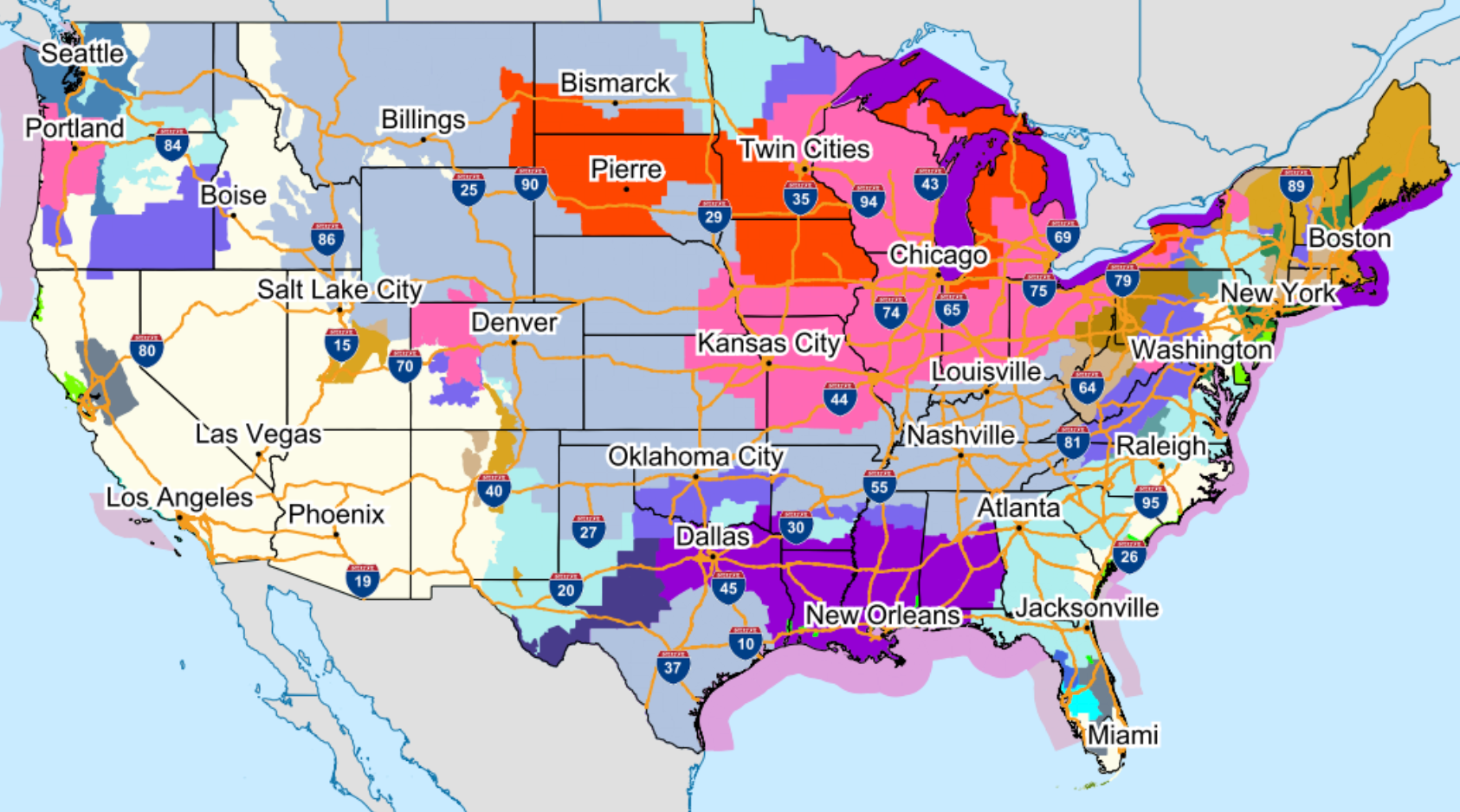
Record-breaking cold and life-threatening wind chills are forecast over the Great Plains before moving into the eastern half of the country by Friday.
Temperatures across the Plains have already plummeted 50 degrees Fahrenheit (F) in a matter of hours in places. These temperatures, combined with 20-30mph sustained winds, and gusts of up to 60 mph, will cause wind chills as low as minus 40F across mountainous parts of the western US and the Plains. In some spots, minus 50-70F is possible in the coming days.
“Wind chills of this magnitude can cause frostbite in less than five minutes if precautions are not taken, with hypothermia and death also possible from prolonged exposure to the cold,” the National Weather Service warned.
Significant freezing rain is possible across parts of western Oregon and Washington from Thursday.
Join our commenting forum
Join thought-provoking conversations, follow other Independent readers and see their replies
Comments
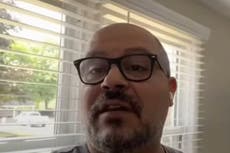


Bookmark popover
Removed from bookmarks